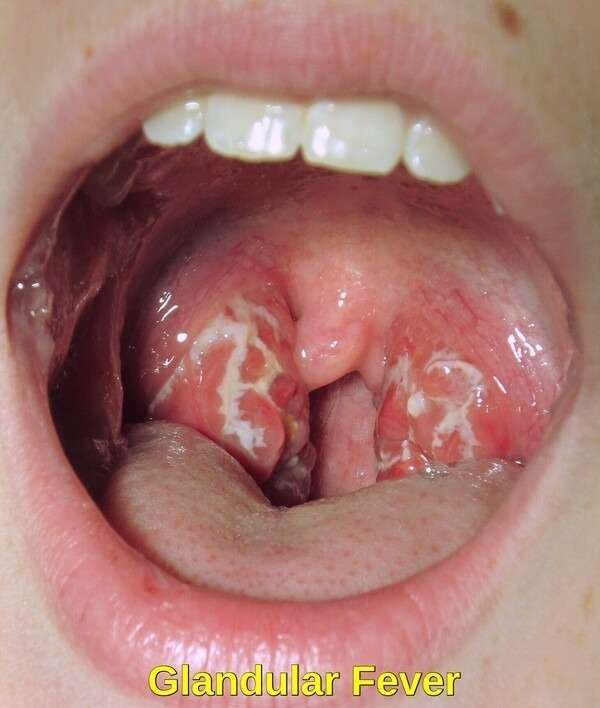
Infectious Mononucleosis (IM), commonly known as mono, is a viral infection that carries a reputation of being a somewhat mysterious ailment. Often referred to as the “kissing disease,” mono is much more than a simple viral infection. It has a rich history, is caused by a specific virus, and its management can be tricky if not properly understood. For many, mono is an illness that surfaces in conversation at school or in social settings, but it is worth diving deeper into the disease to separate myth from fact.
The history of infectious mononucleosis stretches back to the 19th century, though it was not formally recognised until the 1960s. Before its identification, mono was often confused with other illnesses such as influenza or tonsillitis. It was not until 1964 that researchers pinpointed the Epstein-Barr virus (EBV), a member of the herpesvirus family, as the primary cause of most mono cases.
The first detailed description of mono symptoms dates back to 1889, when German physician, Otto M. Schwartz, documented a case of a 16-year-old girl presenting with fever, swollen lymph nodes, sore throat, and fatigue. Although the disease was not named at that time, it would later be identified as infectious mononucleosis. The discovery of EBV in the 1960s marked a pivotal moment in the study of viral infections, providing a clearer understanding of the virus and its connection to mono.
Causes and transmission
Infectious mononucleosis is caused primarily by the Epstein-Barr virus (EBV), though in some cases, it can also be caused by cytomegalovirus (CMV). EBV is most commonly spread through saliva, which is why mono is often called the “kissing disease.” However, transmission can also occur through contact with respiratory droplets from a cough or sneeze or by sharing items such as utensils, drinks, or towels.
The Epstein-Barr virus is highly prevalent—nearly 90 per cent of adults will have been infected with EBV by the time they reach adulthood. However, not everyone infected with EBV will develop mono. The disease tends to affect teenagers and young adults more often, though it can affect people of all ages. Symptoms typically appear four to six weeks after exposure to the virus, which can make it difficult to pinpoint the exact source of the infection.
Common symptoms
Mono symptoms vary widely from person to person, but the most common signs include fever, swollen lymph nodes, sore throat, and fatigue. The sore throat can often be severe, and it is sometimes mistaken for strep throat, which is one reason why mono is sometimes misdiagnosed. Swollen tonsils, sometimes with white patches or pus, are common, but not always present. Many individuals also experience a general sense of malaise, muscle aches, and headache.
Fatigue is one of the most debilitating symptoms and can last for weeks, making it difficult for individuals to engage in daily activities. In some severe cases, complications like an enlarged spleen (splenomegaly) can occur. Doctors typically advise avoiding physical activity or contact sports during recovery to reduce the risk of spleen rupture, though this is a rare complication.
Diagnosis and treatment
A definitive diagnosis of infectious mononucleosis typically involves a clinical exam and laboratory tests. The presence of fever, swollen lymph nodes, and sore throat often prompts doctors to suspect mono. Since these symptoms can overlap with other conditions like strep throat, blood tests are used to confirm the diagnosis.
The most common blood test used is the heterophile antibody test, or “Monospot” test, which detects antibodies the immune system produces in response to EBV. Additional blood tests may be required to detect specific EBV antibodies. In some cases, doctors may also perform a throat culture to rule out bacterial infections such as strep throat.
Unfortunately, there is no specific antiviral treatment for infectious mononucleosis. As a viral infection, antibiotics, which are used to treat bacterial infections, are ineffective. Therefore, treatment focuses on alleviating the symptoms.
Rest is crucial, as fatigue is often the most persistent symptom of mono. Over-the-counter medications such as acetaminophen or ibuprofen can help manage fever, headache, and sore throat. Gargling with salt water or using throat lozenges can help ease throat discomfort. In more severe cases, corticosteroids may be prescribed to reduce tonsil swelling and ease breathing difficulties.
Individuals with an enlarged spleen are advised to avoid strenuous activities, including contact sports, to prevent the rare but serious complication of spleen rupture. The recovery period for most people is a few weeks, although the fatigue can linger for months. Pushing too hard too soon can delay recovery, so it is essential to allow the body the time it needs to heal.










